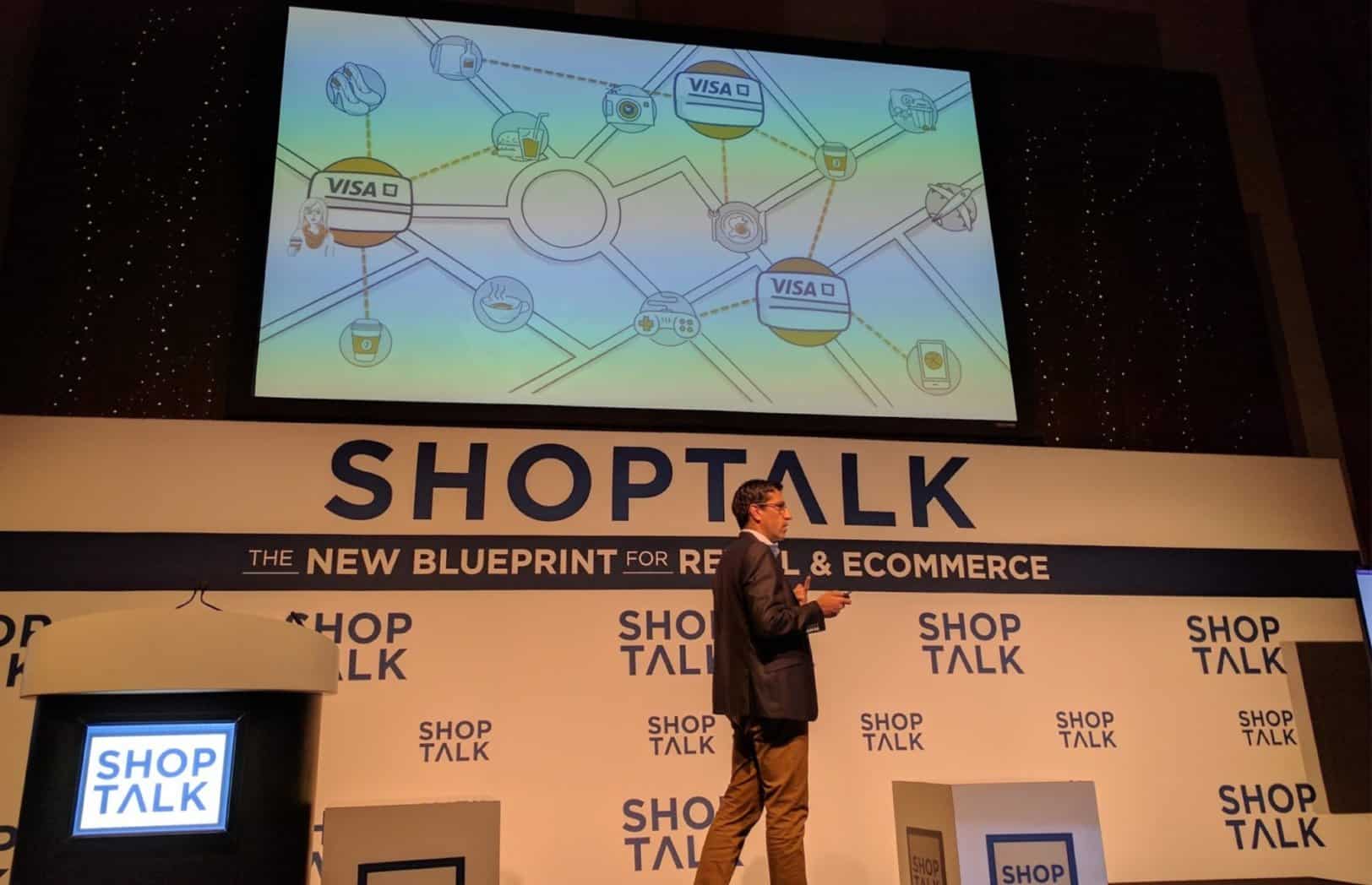Retailer’s Biggest Obstacle To Personalization Is Payments
The great and beneficent buzzword today is personalization.
All experiences must be personalized. The great, all-knowing algorithm will personalize your news, your friends, your finances, your interests, hopes, fears and dreams.
And, if it gets a chance, to sell you something.
Retailers spew platitudes about the need to personalize the omnichannel shopping experience all the time. Vendors, responding to said platitudes, then create services that purportedly will help merchants create personalized experiences.
And yet, there is a fundamental disconnect between the shopper and the merchant that makes personalization a fundamentally flawed endeavor.
The Backwards Customer Journey
Think about it like this. You and I are talking. In the conversation, you mention you bought an awesome pair of jeans. I say, “oh, I want those jeans too!” That is the first data point of my intent to buy said jeans. But, that data point is lost to the air. The retailer will never know about it.
Later, I search for the jeans online. This is a data point that the merchant can track. I click through to a site for more information. So, the merchant places a cookie on my IP address. I do not buy the jeans then, but plan on maybe buying them later. So the merchant takes that cookie and does retargeting advertising on me on Facebook or The New York Times. A customer acquisition profile has been started on me, learning about things I may also want to buy.
Saturday morning comes along and I go out shopping. I see the store that has the jeans and decide, hey, today I will buy them.
The moment I walk in the store, the merchant—which has just done a lot of expensive work to know me and get me into the store—knows nothing about me. They don’t know I want the jeans or that I have a fetish for expensive Ray-Bans and dress shoes with wooden soles.
When I pay for the jeans (and provide an email address etc.), the merchant all of a sudden does know it is me. But the opportunity to personalize the shopping experience is gone. I am walking out the door.
“Some of the merchants that I have spoken to have said that 75% of the traffic is anonymous,” said Cherian Abraham, digital payments, fraud and commerce executive at Experian, in an at ShopTalk 2017 in Las Vegas. “Which means they don’t know anything about the customer until the customer enters their shipping address and payment information. That is their first interaction to know anything about that person. By then, it is already too late because there is no opportunity to cross-sell or up-sell at that point. So they have lost out on all of that opportunity.”
The Fundamental Gap Between Consumer And Merchant
The top priority for merchants is to move product off shelves. History and data analysis has told us that the best way to do that is to breed loyal customers that will shop over and over again. But most consumers are not signing up for profiles from merchants, which means that the retailers need to do one of two difficult and sometimes unpalatable things: 1) buy third party data from the likes of banks, payment networks and technology companies or, 2) try to do it all themselves.
“The gap is the merchant not being able to know who the customer is,” said Abraham. “The biggest opportunity lost is that the merchant doesn’t have any idea who the customer is until the customer has paid for something.”
Retailers do have data on their customers. But many times across the omnichannel, that data is in silos. The email marketing campaign is not tied to the in-store point-of-sale system that is not tied to the ecommerce platform and so on. So merchants can do a whole lot of work on building personalization engines … and still not really know a thing about their customers.
The moment of truth in retail is, always, the transaction. That is when all the advertising, marketing, customer journeys and experiences come to a point. The point of payment is when the merchant can tie an identity to the customer.
But, think about it: the merchant doesn’t own that piece of data. Not really. The banks which transfer the funds own that data. The payment networks like Mastercard and Visa own that data (and will sell merchants’ own data back to them). The technology companies with payment apps like Apple Pay and Android Pay own that data.
Abraham explains:
What the merchant wants to do is not just be focused on payment but would just love to know the moment the customer comes to their asset. To know anything or everything about them. And if they don’t know anything about them, have some third party they could rely on, for example. But also be able to backfill some information on that person through like-minded profiles. You may not know who Dan is, but I know the demographic and psychographic profile that Dan belongs to so I can pull together insights on my end on how personalized that interaction needs to be for Dan.
One of the purported reasons that retailers have tried to push into the payments space (such as the ill-fated CurrenC through the so-called Merchant Customer Exchange) has been the notion of interchange. Interchange is the rate that payment networks and banks take per transaction through a card. Typically, interchange is about 2.75% of the transaction. Retailers have long chalked it up as overhead.
Far more valuable than interchange is the ability for merchants to own their customer data. The same data that allows for personalization and retargeting and all of the tricks of the trade that retailers use to get people to buy stuff in the store or online.
“There isn’t a concept of identity when it comes to a consumer and a merchant environment,” said Abraham. “It is largely doled out by the network or the bank that I use.”
But merchants are not set up to optimize the data they already have. Thus they are in the dark on customer identity—the only real means towards personalization—till the moment of truth at checkout.
“Which is why so much has been hung up around payment, because that becomes the only interaction where you could determine loyalty or identity,” said Abraham. “More so than interchange, the large opportunity lost is that merchants have largely let issuers and networks define their customer interactions. Because those customer interactions today happen only at the point of sale.”





